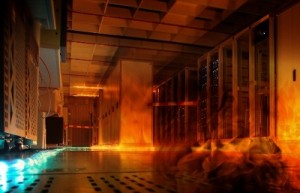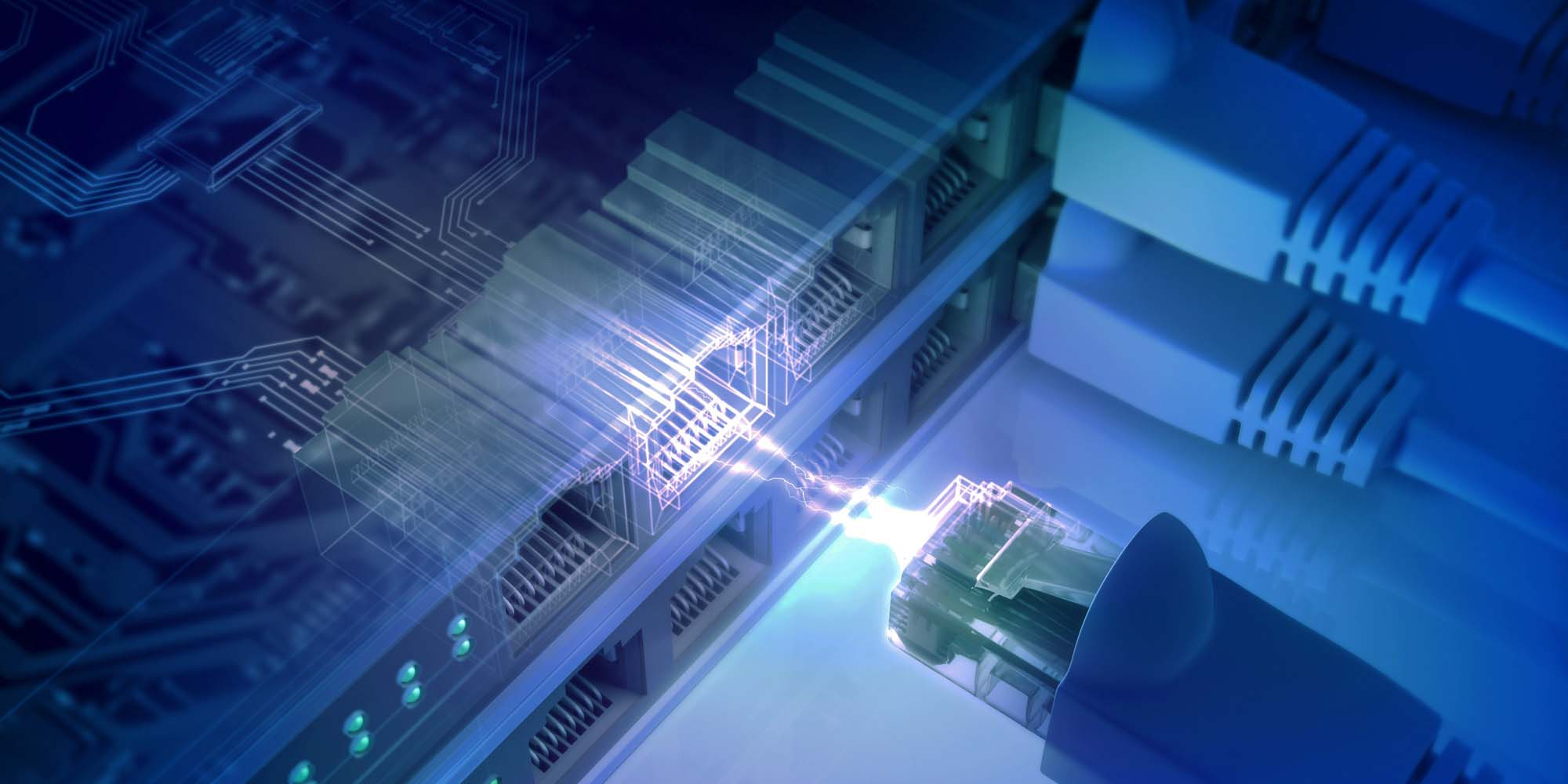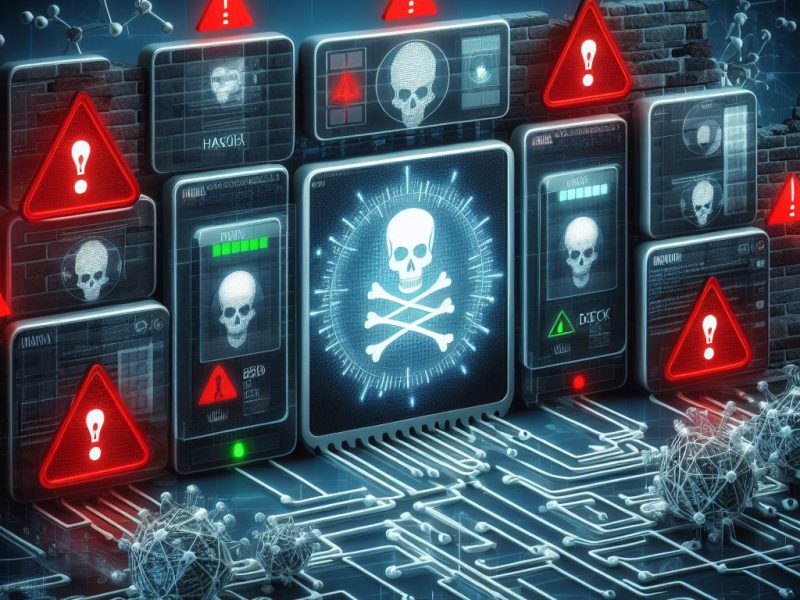Fire Protection Services
- Fire Protection Services
- Fire Sprinkler Design
- Fire Suppression Systems
- Alarm Monitoring
- FM-200™ and CO2 Systems
- Fire Sprinkler Systems
- Special Hazards
- Fire Protection Systems Training
- Event Registration

[/av_textblock]
[/av_one_third][av_one_third min_height=” vertical_alignment=” space=” custom_margin=” margin=’0px’ padding=’0px’ border=” border_color=” radius=’0px’ background_color=” src=” background_position=’top left’ background_repeat=’no-repeat’]
[av_textblock size=” font_color=” color=”]
DATA CENTER FIRE PROTECTION & FIRE SUPPRESSION
Reduce downtime and equipment damage in your data center fire suppression system with clean agent fire extinguishants.
Industries Served:
- Commercial
- Industrial
- Residental

[/av_textblock]
[/av_one_third][av_one_third min_height=” vertical_alignment=” space=” custom_margin=” margin=’0px’ padding=’0px’ border=” border_color=” radius=’0px’ background_color=” src=” background_position=’top left’ background_repeat=’no-repeat’]
[av_textblock size=” font_color=” color=”]
Fire Protection Strategy
- Training – train all data center employees in the use and operation of portable fire extinguishers, fire protection systems, and abort mechanisms.
- Egress plan – fire extinguishers, and abort mechanisms located on the prescribed route, allowing for immediate mitigation.
- Clean agent fire suppression systems – non-conductive, non-corrosive, specific application, residue free, targeted fire protection.
- Dry pipe sprinkler systems – preventing water from entering sensitive areas unless an uncontrolled fire situation exists (last resort extinguishment).
- Intelligent Fire Alarms – to control and manage point specific fire protection systems, in conjunction with building automation systems, to provide collaborative systems control during an emergency.
Wire and Cables
Data centers and telecommunications facilities contain large quantities of wire and cable. Data cables do not carry sufficient energy to result in a fire under any fault condition, so they only represent potential fuel if exposed to an external fire source. Power supply cables do carry sufficient energy to represent both a fire source under fault conditions and potential fuel when exposed to an external fire source. Linear heat detectors run within bundles of power cables are used by the nuclear power industry to provide overheat warnings and more rapid fire detection without the need for additional detectors in the cable space.
Wire and cable run in spaces used for environmental air (plenum spaces as defined in NFPA 90A6) are required to be plenum rated, meaning that they are low flame spread and low smoke producing. Wire and cable run in spaces not used for environmental air do not need to be plenum rated, but products listed to suitable reaction-to-fire tests7 can minimize fire risk from wire and cable products.
[/av_textblock] [/av_one_half][av_one_half min_height=” vertical_alignment=” space=” custom_margin=” margin=’0px’ padding=’0px’ border=” border_color=” radius=’0px’ background_color=” src=” background_position=’top left’ background_repeat=’no-repeat’] [av_textblock size=” font_color=” color=”]Fires Originating in HVAC Equipment
HVAC equipment in data centers (often referred to as computer room air conditioning or “CRAC” units) extract heat and move large volumes of air by means of large fans pushing air past chillers and through filters.8 The fan motors and filters are potential fire sources, but the cooling units, whether operating on gaseous refrigerants or chilled water, are unlikely to burn. Smoke detectors located downstream of the filters are traditionally used to detect fires in the filters to shut down the fans, limiting distribution of smoke.
A source of nuisance alarms involves economizers which introduce outside air into the air stream.9 These can pull in smoke from a fire outside the facility, so smoke detectors in the intakes may be needed to switch the economizer to recirculation mode. Airside economizers typically use high efficiency (HEPA) filters to keep the cooling air clean. These filters will remove smoke particles from fires, preventing activation of smoke sensors located downstream of the filter.
[/av_textblock] [/av_one_half][/av_section]

